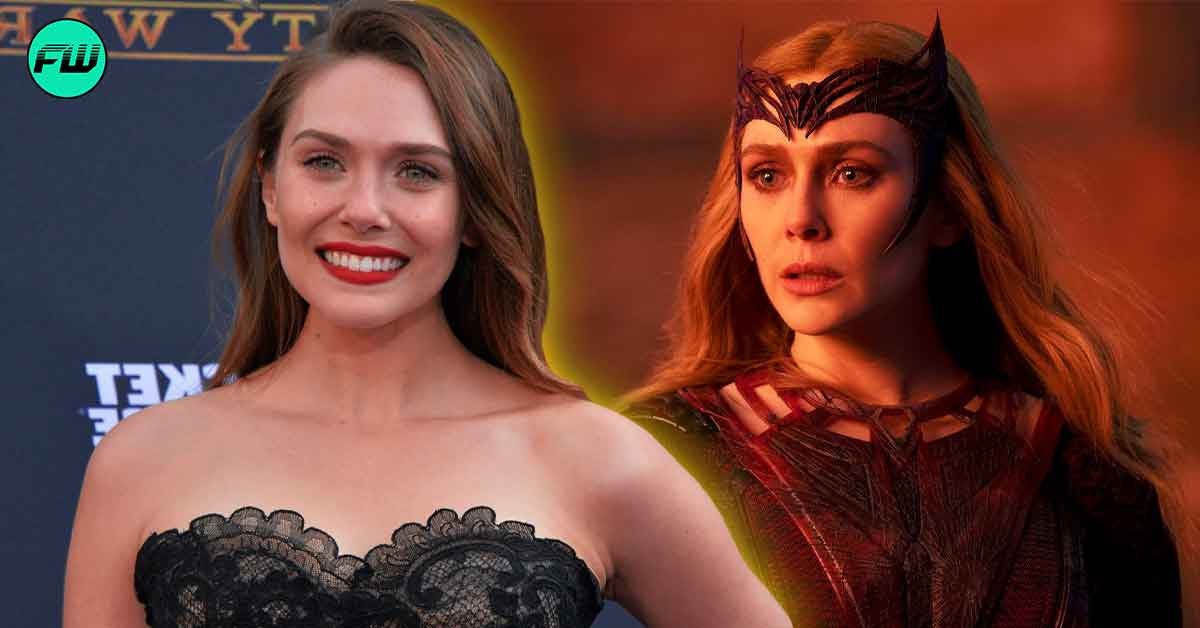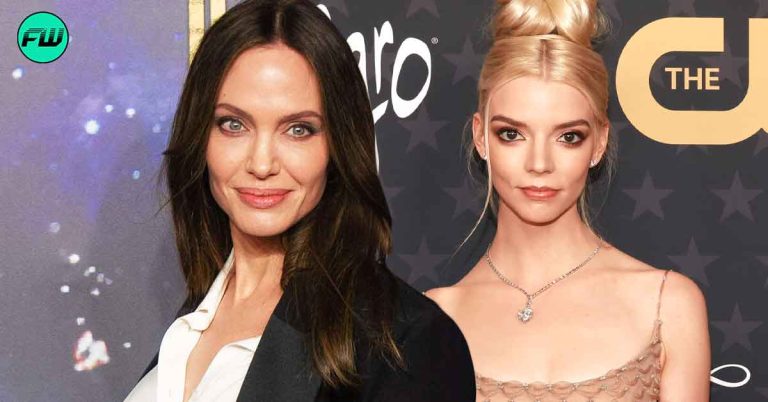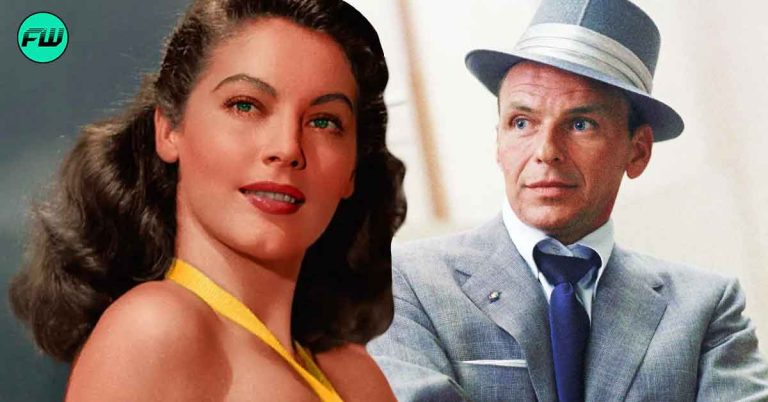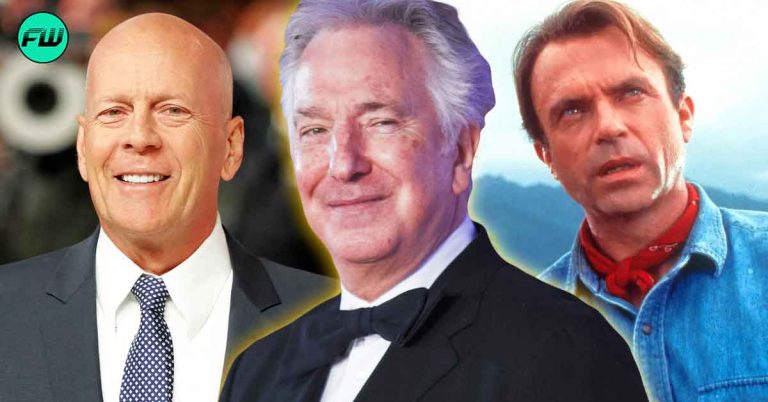Elizabeth Olsen’s depiction of the Scarlet Witch in the greater expanse of MCU’s narrative has reaped favorable reception from fans and general audiences. With the 2021 miniseries WandaVision, the actress’ gripping performance encapsulated the essence of her capabilities. The range of emotions that Olsen was able to effectively portray immortalized her MCU character in the franchise’s ever-growing history.
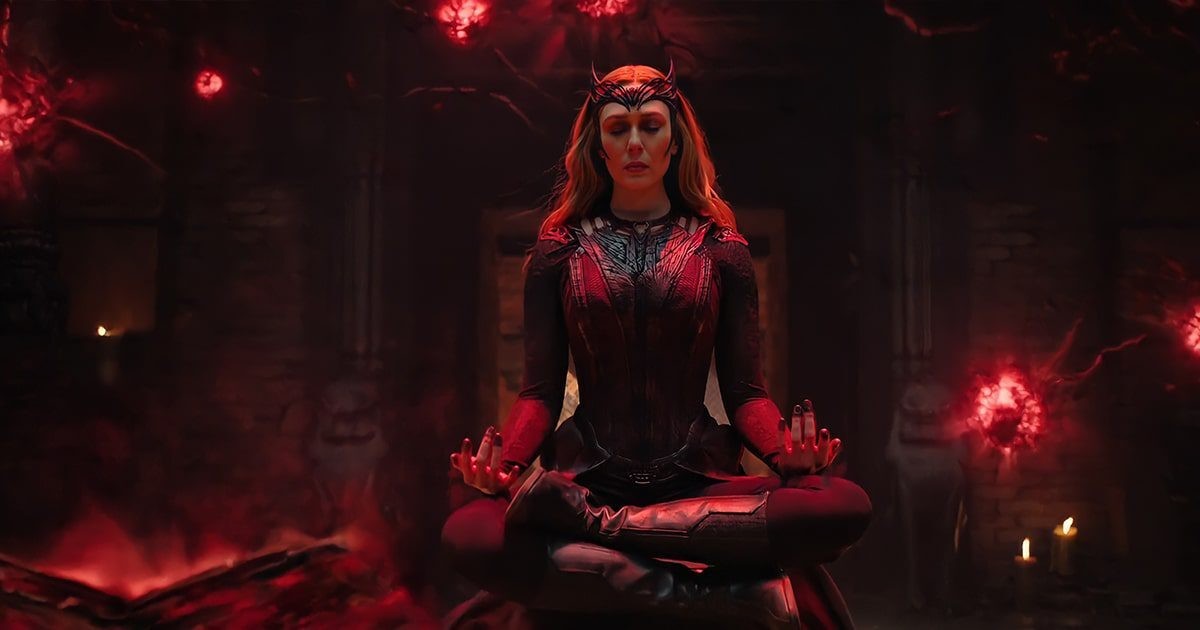
Read also: Deadpool 3 Update Leaves Elizabeth Olsen Scarlet Witch Fans Devastated
With a media property that has tapped into mankind’s wildest imaginations, various facets of its intertwined narrative necessitate the application of visual effects to bring the otherwise impossible to life. Olsen’s character is no stranger to such treatment. Talking about her experiences of working in the equally CGI-heavy endeavor Godzilla, the actress revealed the primary differences between the two uber-ambitious franchises.
The Main Difference Between Godzilla (2014) And MCU’s CGI

The 2014 Gareth Edwards-helmed monster film happens to be the 30th cinematic installment in the globally acclaimed Godzilla franchise. It features Elizabeth Olsen, Aaron Taylor-Johnson, Ken Watanabe, etc., among other talents. The pursuit garnered $529 million at the worldwide box office; a clear indication of its commercial success. As per claims made by Olsen, this film marked her first instance of doing something CGI-heavy.
Before Godzilla‘s release on May 16, 2014, the actress had been involved in the production of Avengers: Age of Ultron, which commenced filming on February 11, 2014. This wasn’t Olsen’s initial interaction with the superhero series, as her character’s introduction happened in the mid-credits scene of the 2014 movie Captain America: The Winter Soldier. We may infer that this period in the actress’ career was characterized by Olsen’s initial attempts to acquaint herself with VFX-heavy franchises.
This helped the MCU alum to establish a basis of comparison between the two experiences. According to her, shooting for the Joss Whedon-helmed 2015 endeavor felt like entering a “different world.”

Read also: Not Anthony Mackie’s Falcon, Elizabeth Olsen Said This Marvel Hero Has the “Worst Costume”
Talking to Blackfilm, Elizabeth Olsen stated the following:
“It’s such a different world. It’s so crazy, you know, because you’re like—the main difference is in Godzilla you’re reacting to something that’s not there, and in something like The Avengers, you’re approaching and almost interacting with something that’s not there. And so that’s what the main difference is for me right now.”
In the interview, several statements made by the Oldboy alum also seemed to suggest that Gareth Edwards’ storytelling skills and his approach towards CGI-heavy scenes never made her feel “overshadowed”.
Many have interpreted this comment as a subtle critique of the MCU’s approach to special effects. Within the acclaimed franchise, characters often appear crushed under the weight of extensively utilized computer-generated imagery, causing the narrative to lean heavily on dazzling visuals rather than a captivating storyline.
Elizabeth Olsen Commended Godzilla‘s Usage Of Special Effects

Renowned additionally for his expertise as a visual effects artist, filmmaker Gareth Edwards approached the premise of Godzilla with meticulous attention. Elizabeth Olsen expressed appreciation as she recalled her collaboration with the director. In the Blackfilm interview, she stated:
“I think a lot of times when you make these big films, action films, anything that has to do with special effects, I think the trend right now—or has been—is to get these really great storytellers, these really great, story-driven directors. And a lot of the time they know nothing about special effects, or they don’t understand the larger picture of everything. Gareth is the opposite. Gareth comes from special effects, but loves story-driven pieces.”
Elizabeth Olsen was also impressed by the director’s faith in the Godzilla cast’s acting skills. Under this context, the actress affirmed:
“… Instead of working at a production company, he worked for a special effects company. And so he had confidence in that fully, and he had confidence also in working with the actors, so all he really was there to do was to make us feel like he was there for the story. And I never felt overpowered or overshadowed by special effects.”

Edwards’ approach towards integrating CGI and special effects in the film did not come at the expense of the actors’ talent and capabilities. This utilization neither obstructed their on-screen performance nor did it dominate or diminish their existence in the narrative.
This is something commercially successful franchises often fail to do. The emphasis moves away from the story to focus on elaborate visual spectacles. We all know how notorious some superhero movies can be with their sloppy, half-baked computer-generated imagery.
It remains a subject of speculation whether or not Olsen’s statements served as a potential criticism of the aforementioned trend which has also dictated the foundation of several MCU initiatives, including her own projects within the franchise.
Godzilla (2014) is available for streaming on Max.
Source: Blackfilm

